Summary
- Naruto’s effort to break the cycle of hatred through empathy and personal connections lacks structural reforms. (116 characters)
- Naruto’s approach achieved temporary peace but left the systemic causes of hatred unresolved in the shinobi world. (123 characters)
- Missed opportunities in structural reforms, neglecting smaller nations, and clan-based hierarchies hindered Naruto’s solution. (124 characters)
The concept of the “cycle of hatred” is one of the most compelling philosophical dilemmas in Naruto. Pain (Nagato) introduced this theme as he confronted Naruto, challenging him to find a way to break the cycle that causes repeated violence, vengeance, and suffering across generations.
While Naruto emerged victorious in his battle against Pain, his response to the underlying question has been criticized for being idealistic rather than pragmatic, leaving gaps in the series’ thematic resolution. And while it does not leave a lingering taste, it’s still an incomplete and forgotten aspect of the series, highlighting much deeper issues with Naruto’s conclusion.
Related
Naruto: Kishimoto Reveals How He Came Up With The Sharingan
The Sharingan is one of the most iconic abilities in Naruto. Kishimoto reveals how he came up with the concept.
Pain’s Challenge to Naruto
The Root of the Problem and the End of It
Nagato, a former disciple of Jiraiya, experienced deep personal tragedies that shaped his belief system. He argued that hatred and suffering were inevitable human conditions, perpetuated by the structural issues of the shinobi world. These included:
-
The Militarized Shinobi System:
- Villages are structured as military entities, training child soldiers and competing for missions that often result in casualties and grudges.
-
Economic and Political Inequality:
- Smaller nations like Amegakure suffer as battlegrounds for conflicts between major powers, leading to resentment and cycles of revenge.
-
Intergenerational Trauma:
- Clans like the Uchiha carried grudges and unresolved conflicts, exacerbating tensions within and between villages.
Pain’s plan to use the tailed beasts as weapons of mass destruction was a desperate attempt to enforce peace through fear, creating short-term deterrence at the cost of long-term solutions. When he asked Naruto how to break the cycle, he received no concrete answer, but Naruto vowed to find one.
Naruto’s Approach is Idealism Over Pragmatism
An Approach that Doesn’t Always Work
Naruto’s journey to address the cycle of hatred leaned heavily on themes of empathy, personal connection, and emotional resilience. His key actions included:
1. Building Bridges Between Villages:
- Naruto formed bonds with leaders like Gaara (Sand Village) and Killer Bee (Cloud Village), fostering alliances that contributed to the Shinobi Alliance during the Fourth Great Ninja War.
2. Symbolic Acts of Unity:
- Sharing his chakra during the war symbolized a collective effort to protect the world, creating a temporary sense of unity among shinobi.
3. Personal Redemption Arcs:
- Naruto transformed enemies into allies, such as turning Kurama (Nine-Tails) from a destructive force into a friend and freeing the tailed beasts from being weapons.
These achievements demonstrated Naruto’s ability to inspire individuals and bring temporary harmony. However, they lacked structural reforms to address the systemic causes of hatred.
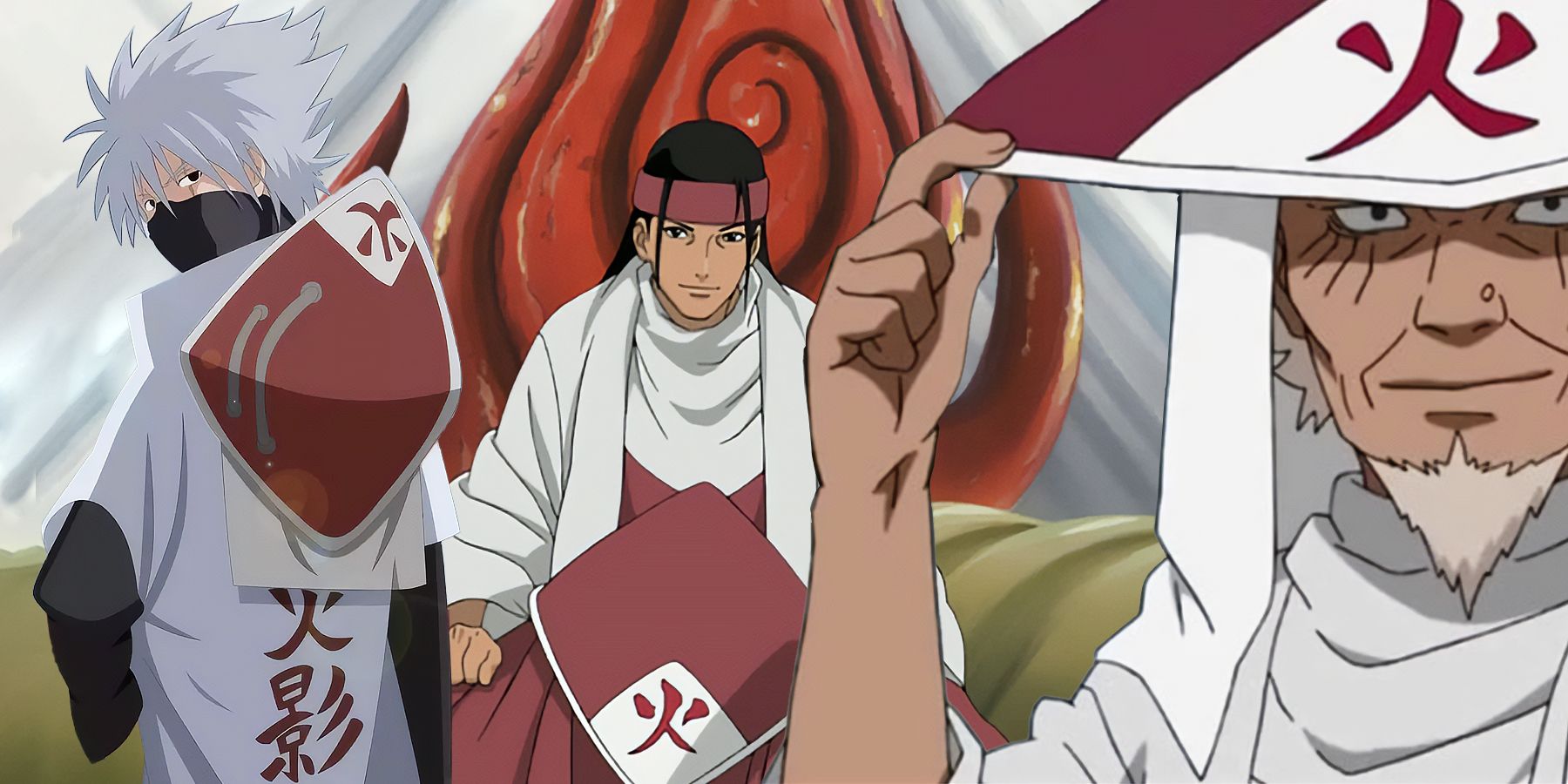
Related
Naruto: Every Hokage, Ranked According To Strength
Being Hokage can be a huge burden, and not many are fit to hold the title. Every Hokage had something that made them unique. This is how they compare.
Missed Opportunities and Criticisms
There Could’ve Been So Much More
Despite Naruto’s success in uniting people during the war, several critical opportunities to address the cycle of hatred were missed:
1. Reforming the Shinobi System:
- The ninja system, built on conflict-driven missions and competition, perpetuates cycles of revenge. Without fundamental changes, peace remains fragile.
2. Neglecting Smaller Nations:
- Villages like Amegakure, ravaged by war, were left in ruins after Nagato’s death. Naruto did not focus on rebuilding these areas or addressing the grievances of smaller nations.
3. Dismantling Clan-Based Hierarchies:
- Clans like the Uchiha and Hyuga faced discrimination and isolation, fueling internal resentment. Ending these hierarchies could have mitigated future conflicts.
Comparison of Philosophies
Is Naruto Really at the Top?
Naruto’s approach contrasts with those of other key characters who proposed their own solutions:
| Character | Philosophy | Strengths | Weaknesses |
| Pain (Nagato) | Enforce peace through fear by using tailed beasts as weapons to deter war. | Temporary peace through deterrence. | Relies on fear, does not address systemic issues. |
| Hashirama | Create peace by founding the villages and establishing alliances. | Provided structure and reduced clan warfare. | Failed to resolve deep-seated animosities (e.g., Uchiha-Senju feud). |
| Madara | Infinite Tsukuyomi to create an illusionary world free of hatred. | Eliminates conflict entirely in theory. | Removes free will, relies on totalitarianism. |
| Sasuke | Become a “dark ruler” who shoulders the hatred of the world, uniting everyone against him. | Unites people temporarily through a shared enemy. | Unsustainable; collapses after his death. |
| Naruto | Foster understanding and cooperation between people through empathy and personal connections. | Builds meaningful relationships and inspires hope. | Does not address systemic causes; dependent on his personal influence. |
Legacy of Naruto’s “Answer”
An Answer is Still an Answer, Just Not the Most Sound One
Naruto’s vision of breaking the cycle of hatred largely relied on his personal charisma and his ability to connect with others.
I won’t run away, I never go back on my word! That’s my nindo: my ninja way!
However, this approach left unresolved questions about the long-term stability of peace in the shinobi world.
1. Temporary Peace:
- The alliances forged during the war were rooted in a common enemy (Madara and Kaguya). With the threat gone, the alliances were vulnerable to dissolution, as seen in Boruto, where hidden tensions and new conflicts emerge.
2. Dependence on Naruto’s Leadership:
- The peace achieved under Naruto hinges on his presence as a unifying figure. Without systemic changes, his absence could lead to regression.
3. Amegakure’s Decline:
- Amegakure remains an example of unaddressed grievances. Once a symbol of Pain’s suffering, the village becomes a wasteland in Boruto, showing that Naruto’s promises to Nagato went unfulfilled.
Potential Solutions Naruto Overlooked
Where the Series Could’ve Deviated
Naruto could have taken more concrete steps to ensure lasting peace:
-
Reforming the Mission System:
- Transitioning from a mercenary-based economy to cooperative development projects.
-
Establishing a Shinobi Union:
- A NATO-like organization that enforces collective security agreements, discouraging aggression.
-
Empowering Smaller Nations:
- Investing in rebuilding war-torn areas like Amegakure to reduce resentment and inequality.
-
Education and Social Reform:
- Teaching the next generation about the dangers of hatred and the importance of cooperation.
A Flawed Answer to a Flawed Question
Can One Really Solve the Cycle of Hatred?
Naruto’s answer to the cycle of hatred reflects his personal growth and idealism but falls short of a comprehensive solution. While he achieved significant victories in uniting people and fostering understanding, these efforts addressed symptoms rather than the root causes of hatred.
That may be true! But [autumn leaves] don’t just rot and die for no reason. They become the nourishment for new fresh leaves! This time of ensuring the fresh leaves bud and usher in a new spring, it is the climax of youth! When it burns most crimson!
The series leaves the cycle of hatred as a lingering, unresolved issue, prompting viewers to reflect on the complexities of achieving lasting peace in any society.
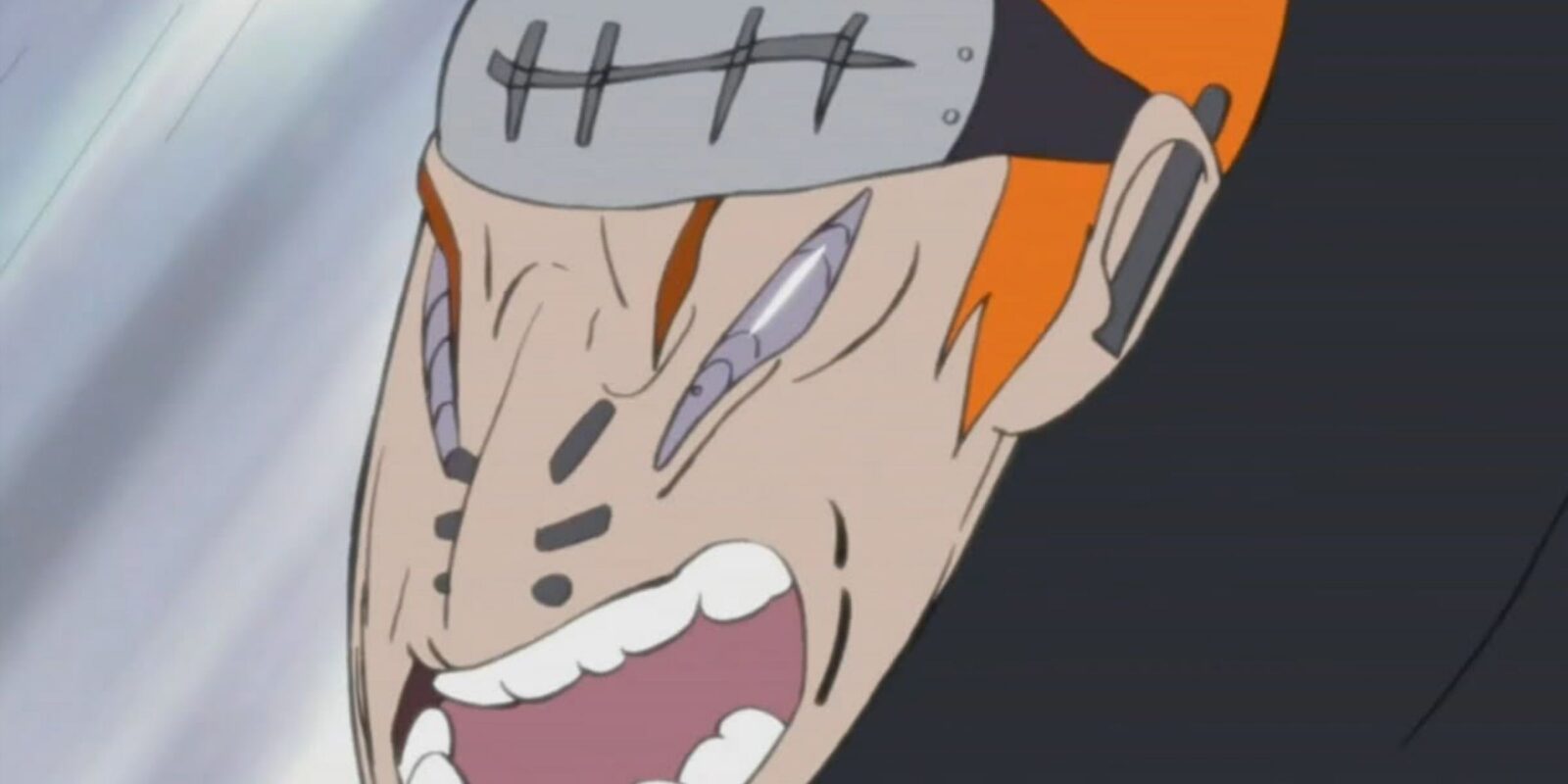
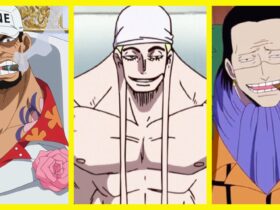
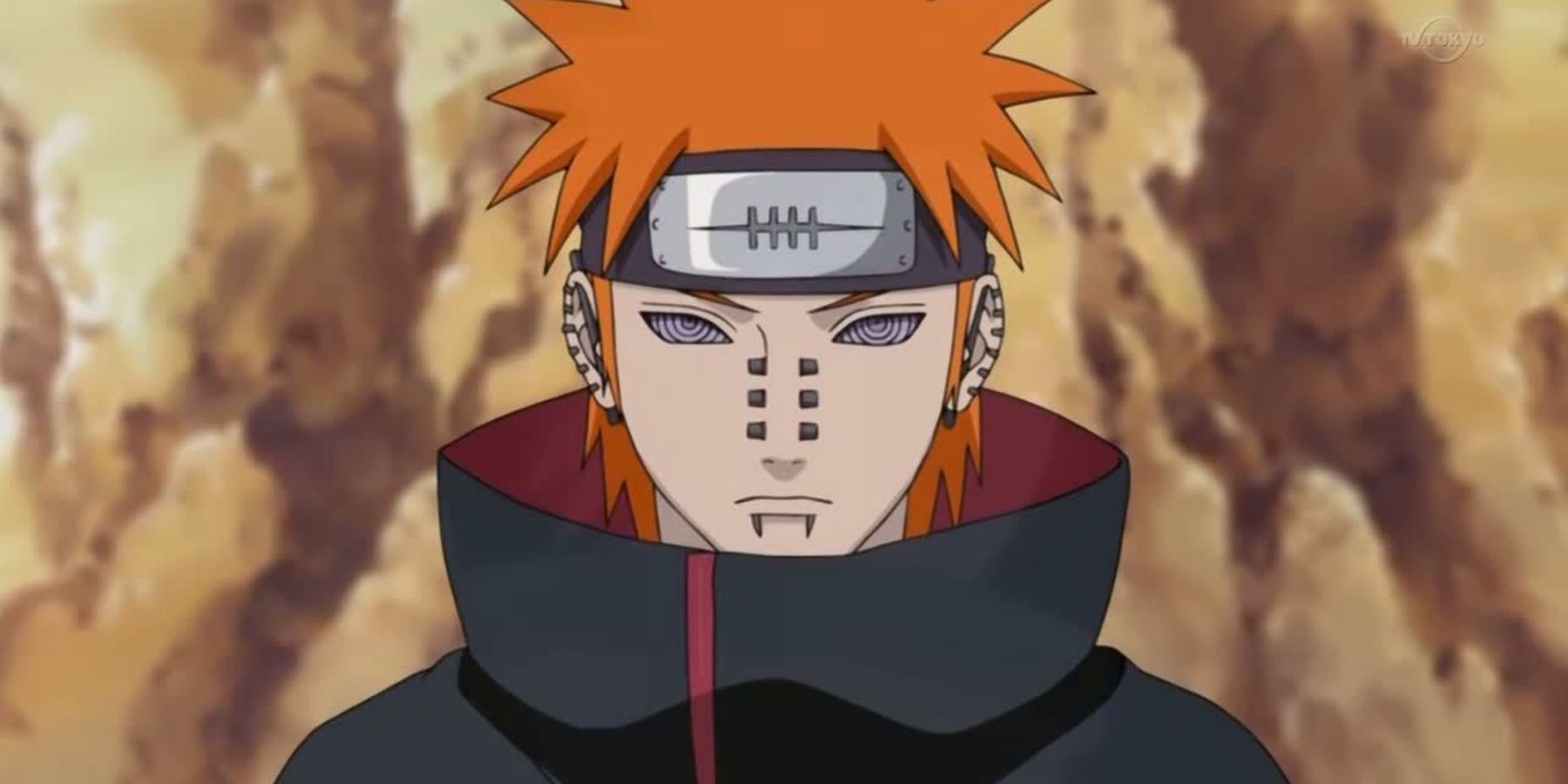
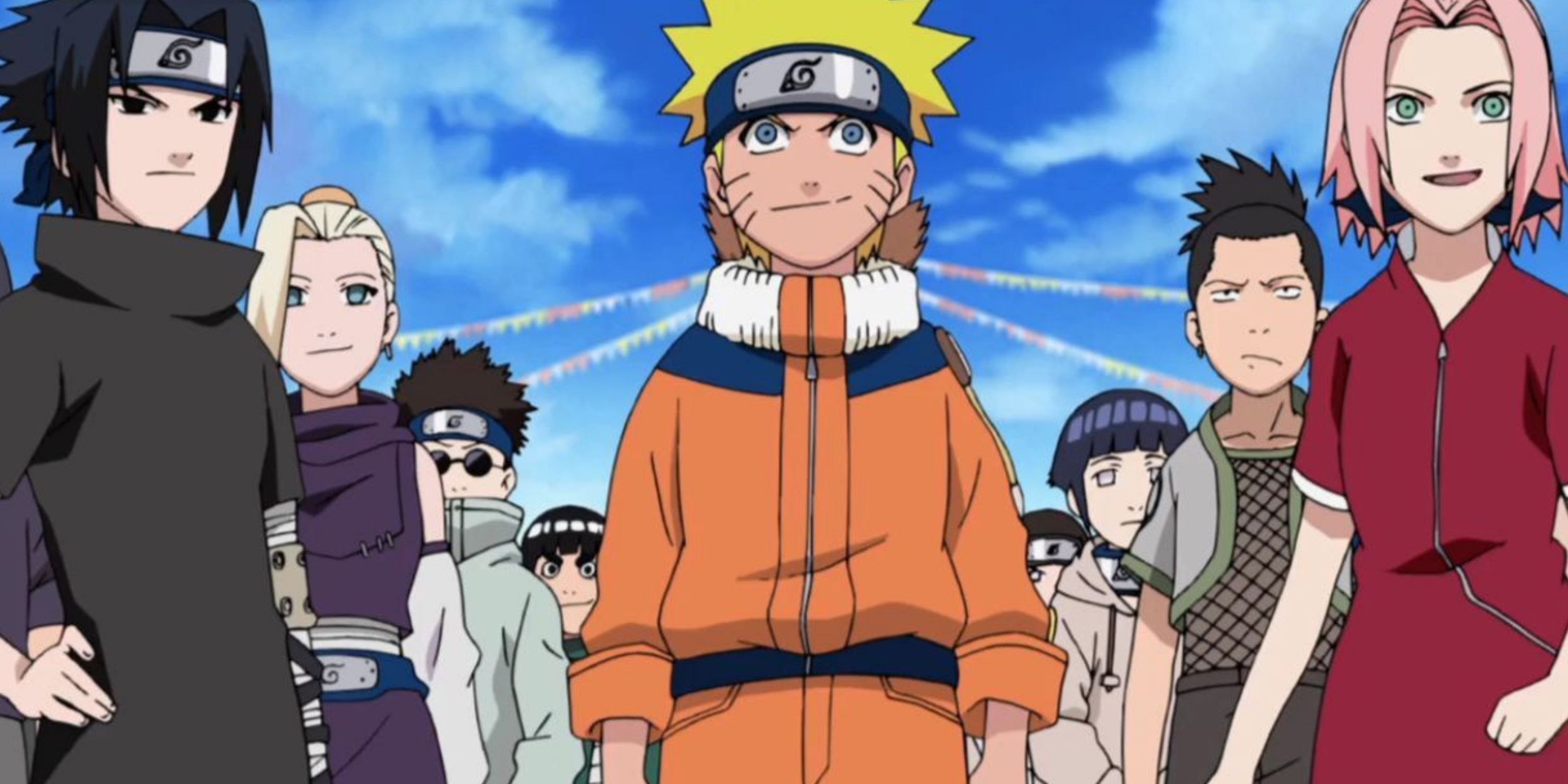
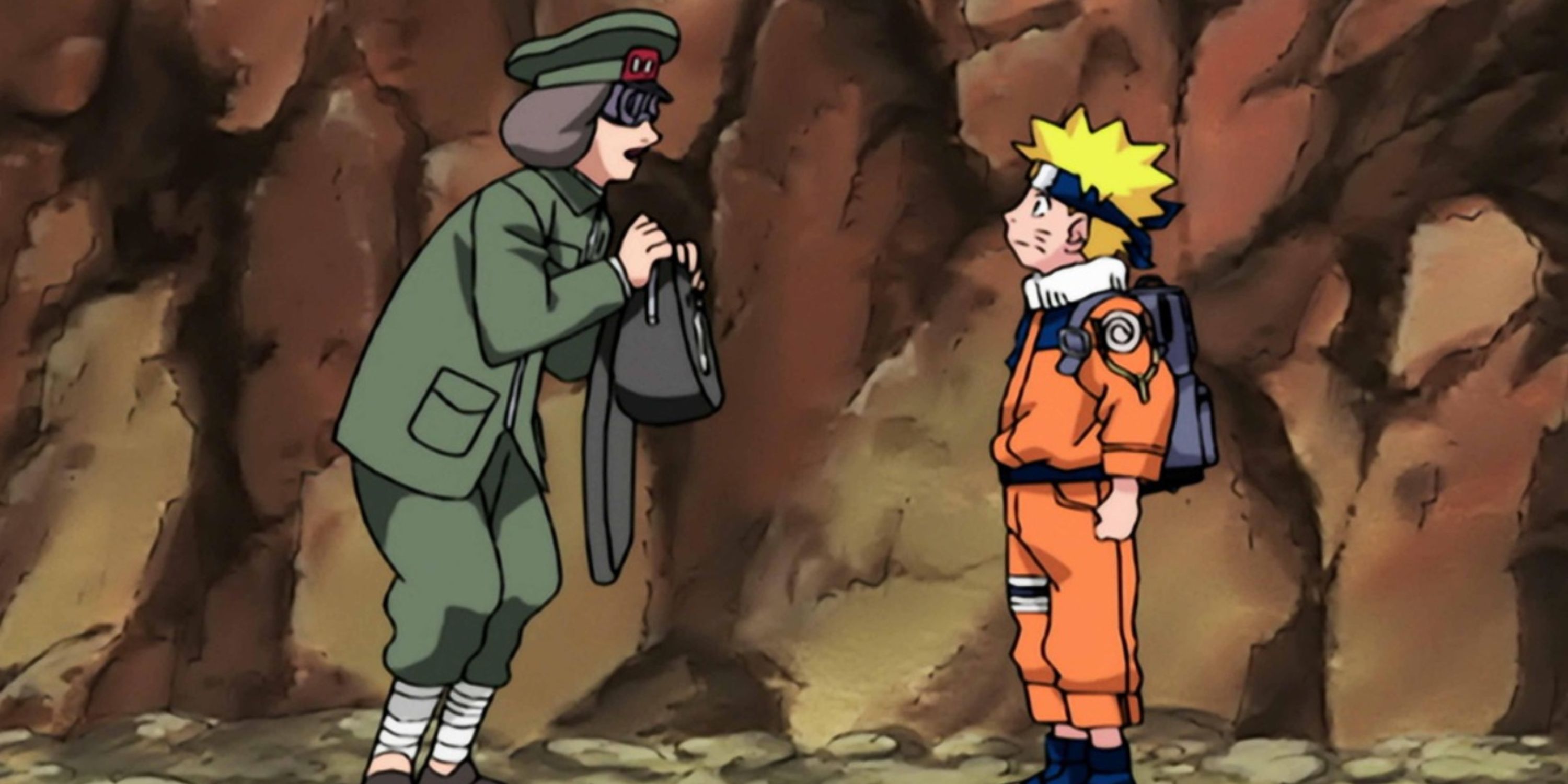
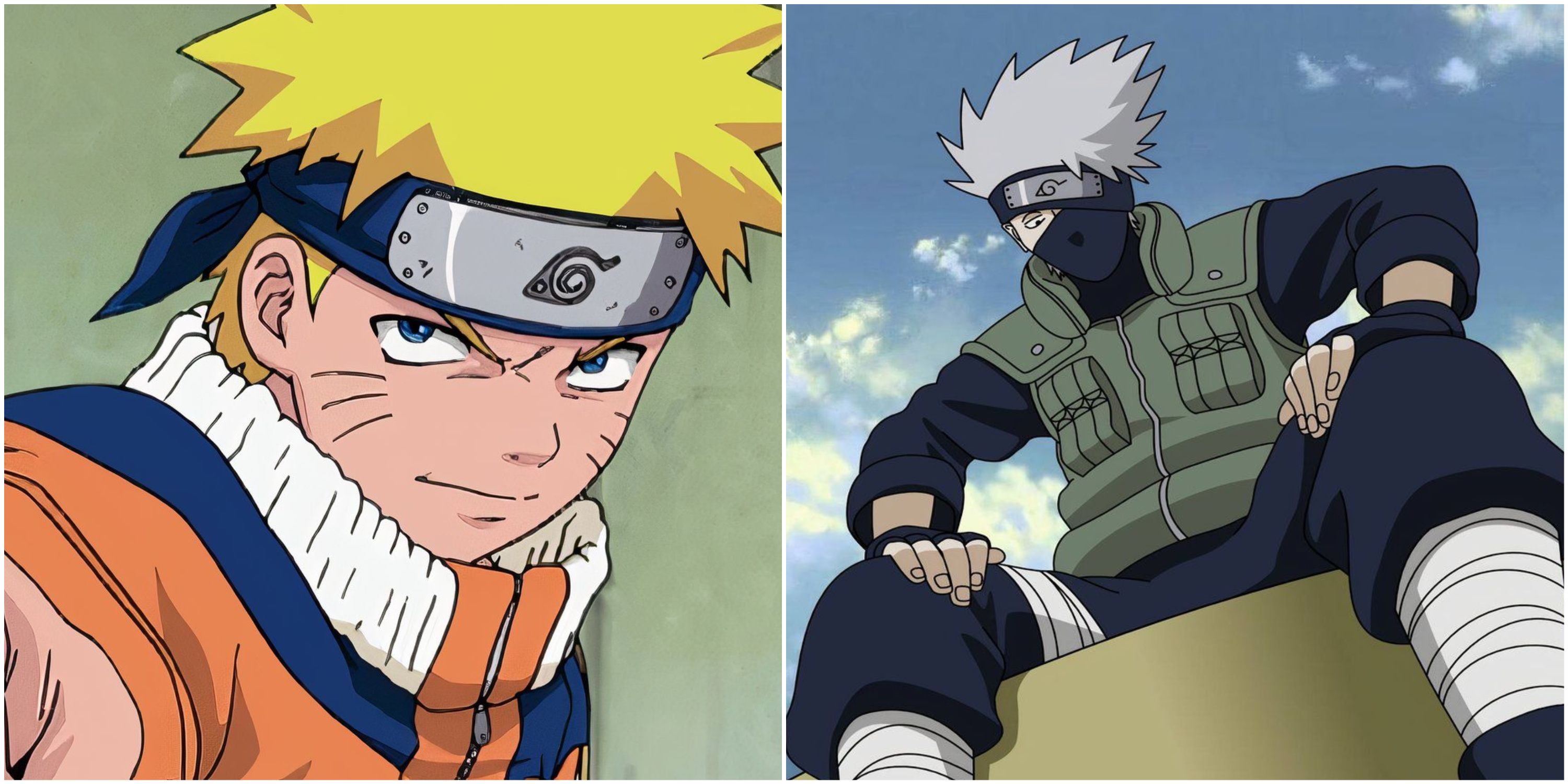
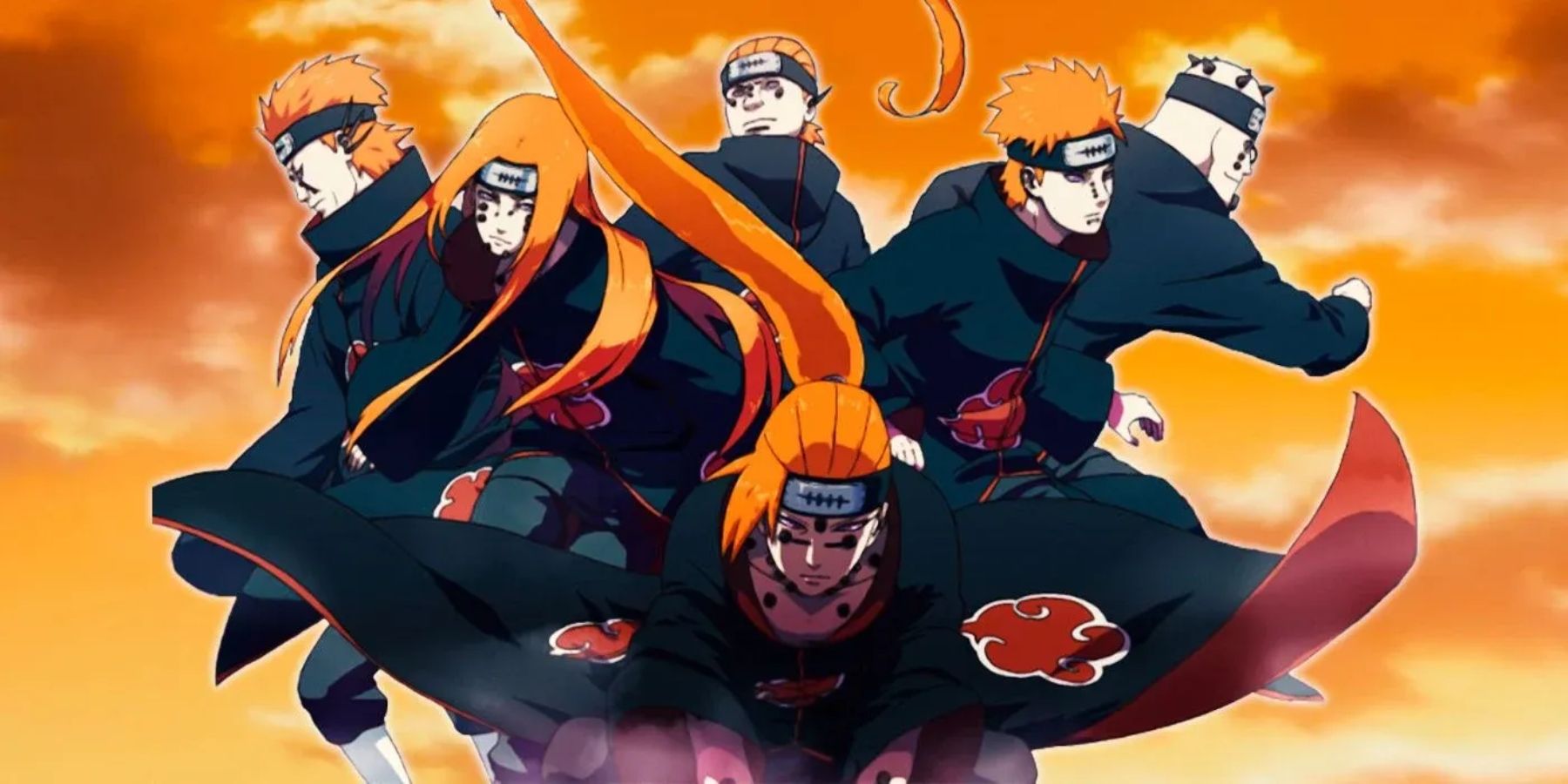
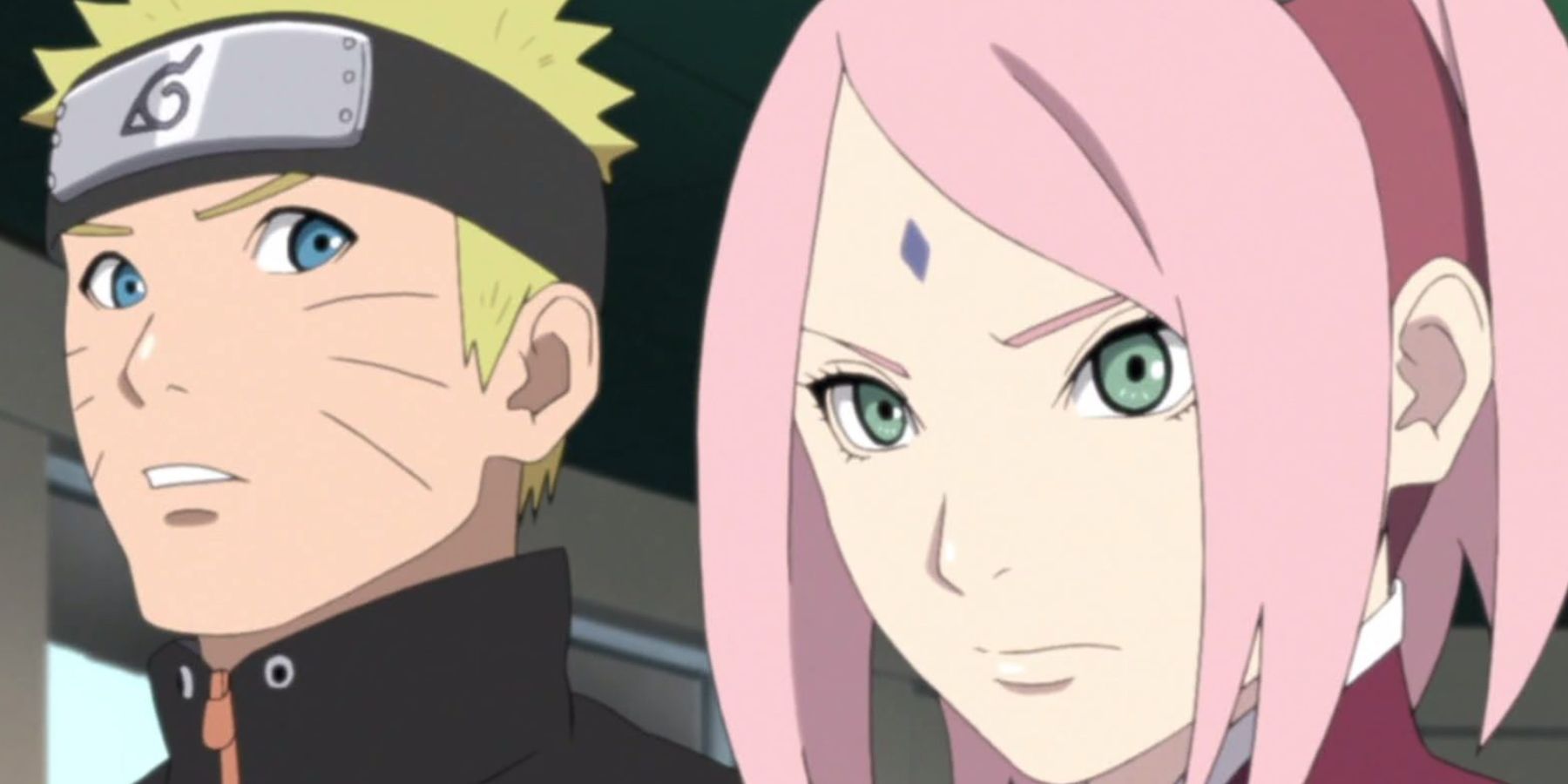
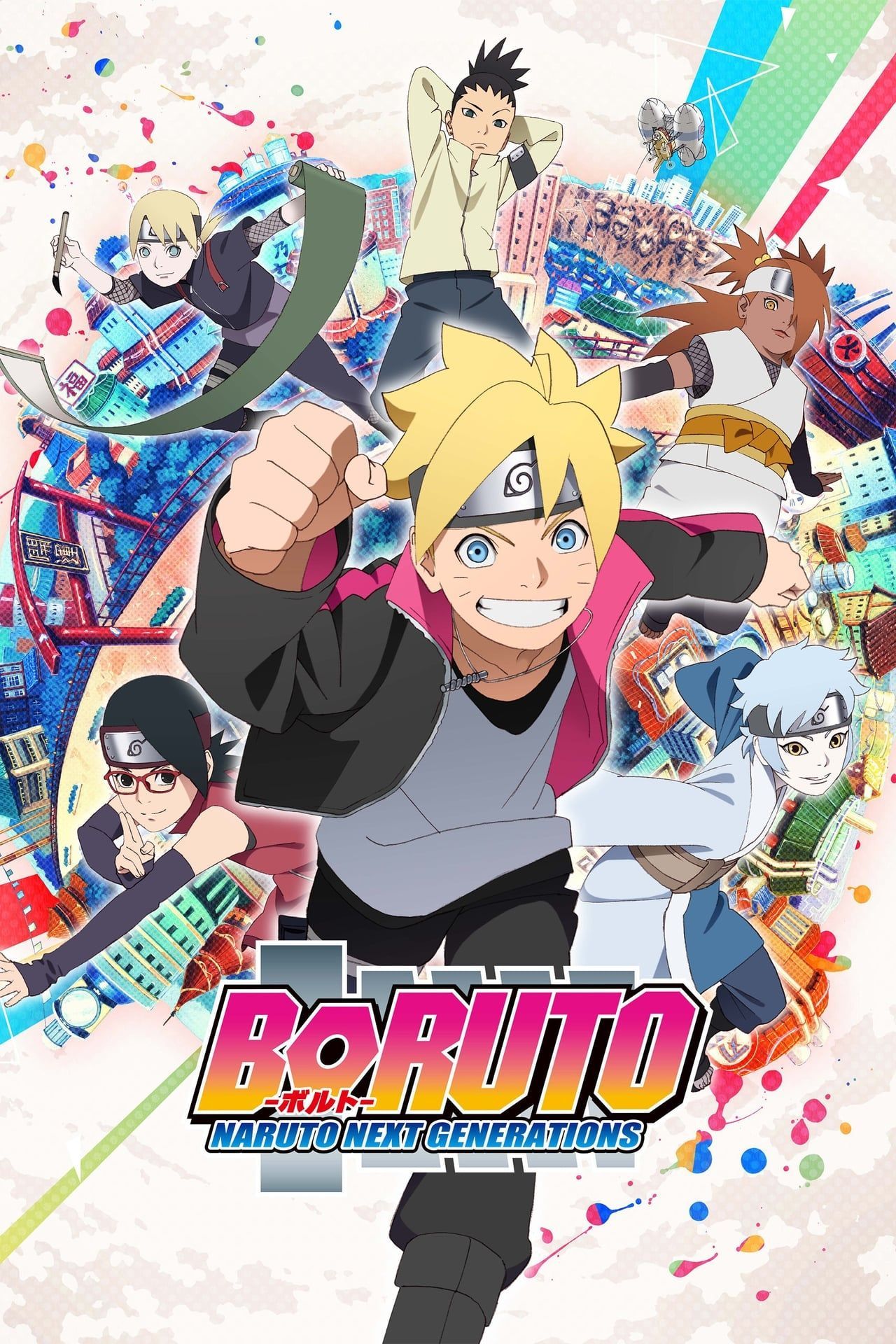




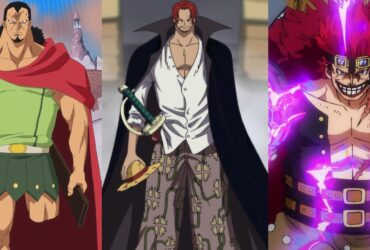

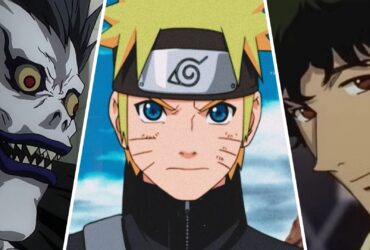
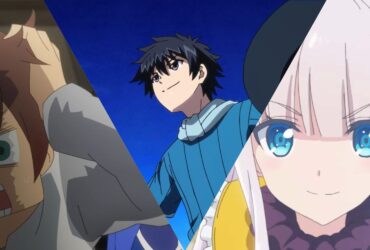
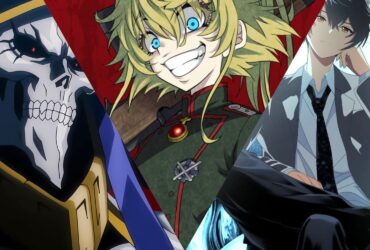
Leave a Reply